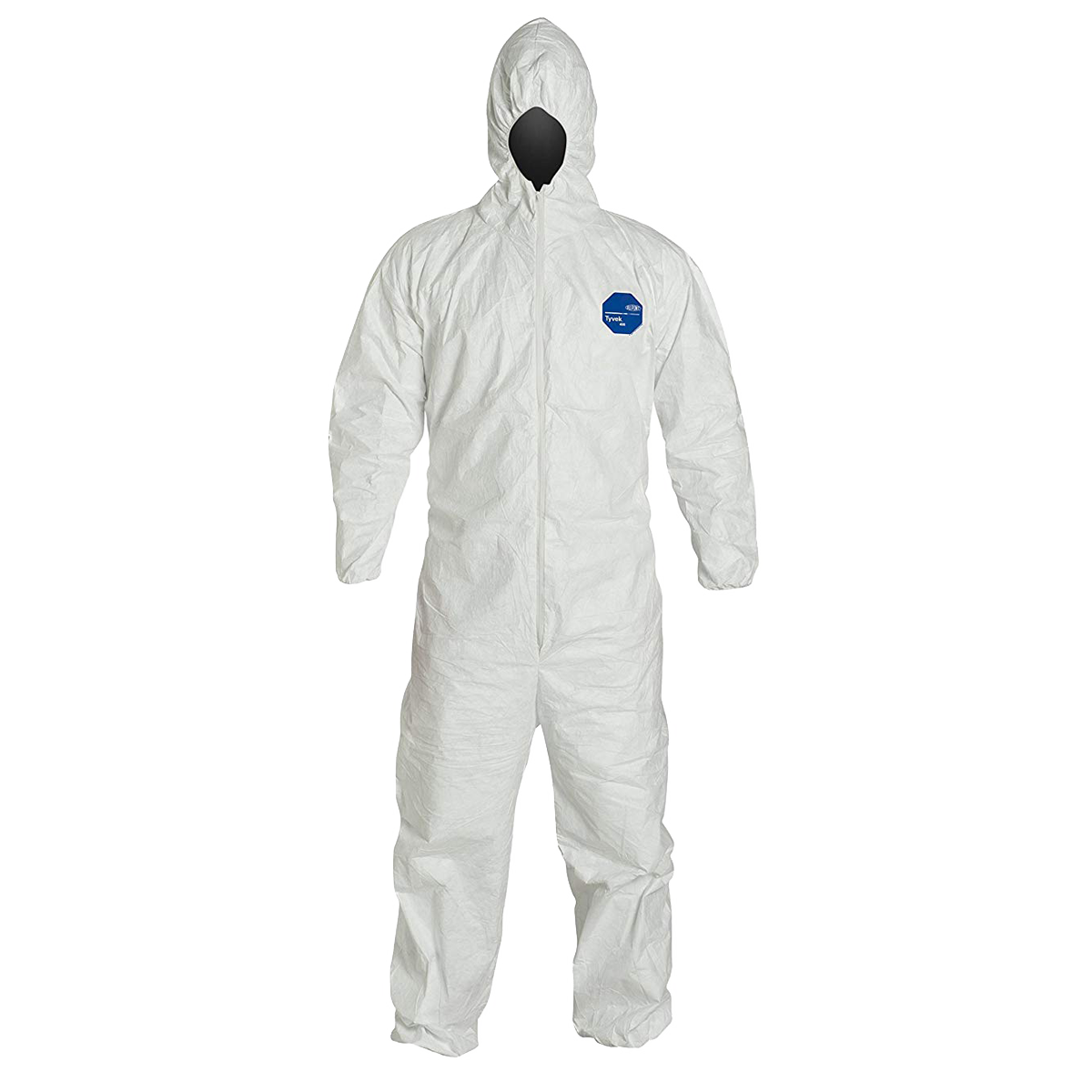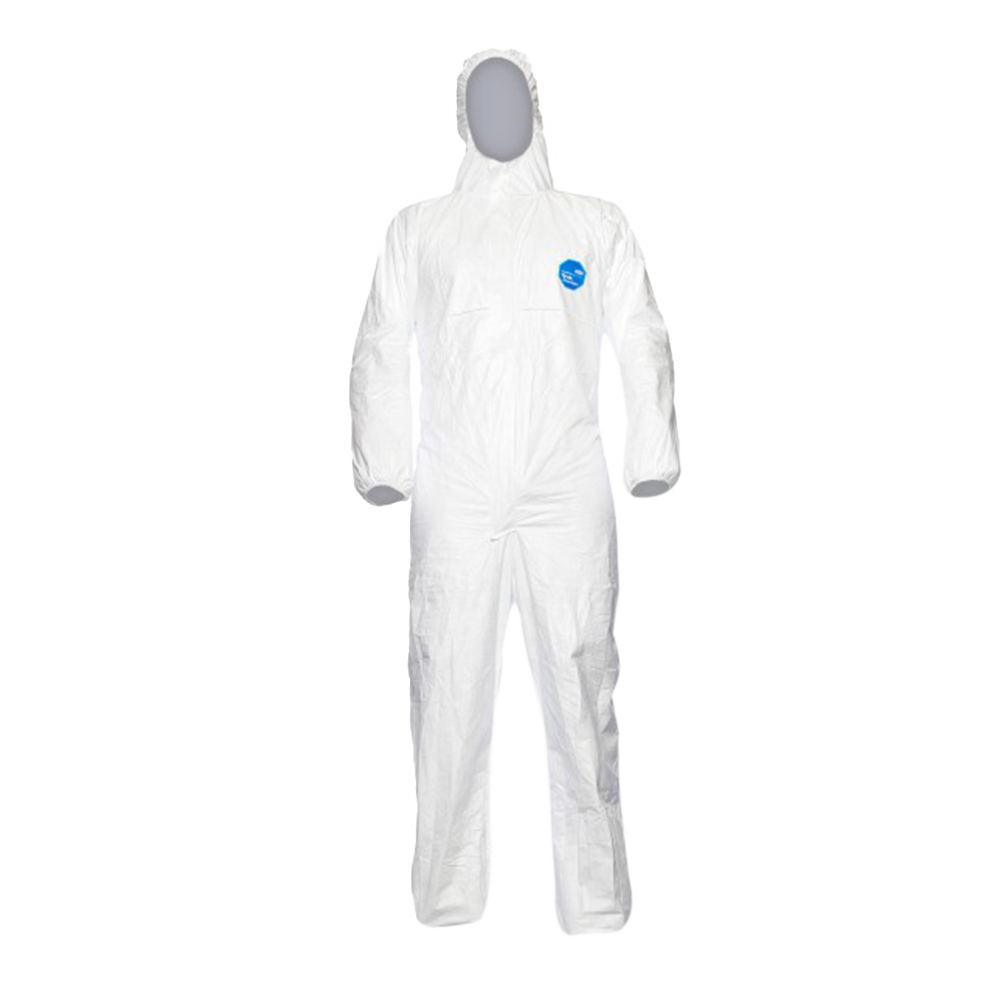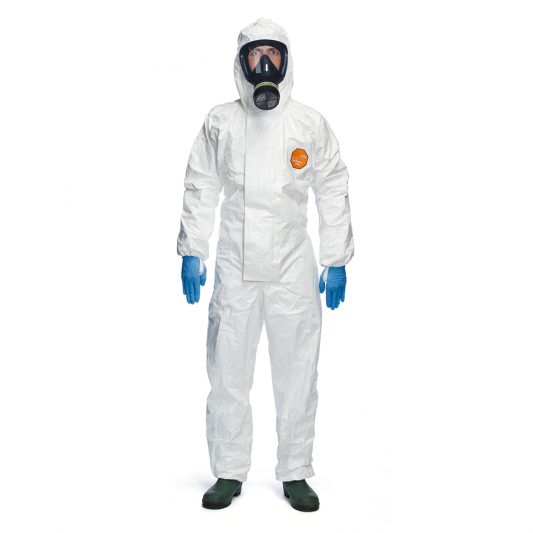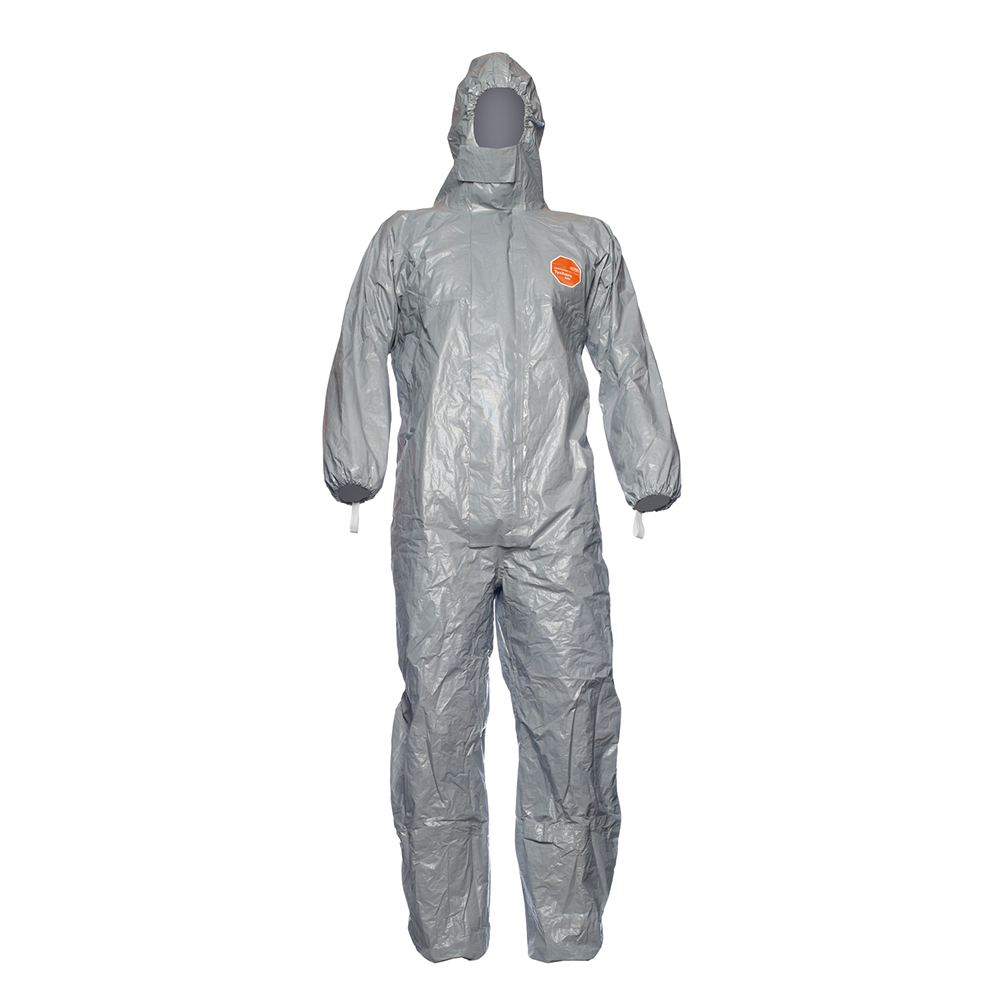DUPONT APPARELS 101
DUPONT APPARELS 101
Hello! Welcome to SafetyFacts!
From R&D to waste management, biohazardous materials are a constant danger to workers. And while disposable protective coveralls are a defensive option, it can be hard to choose which brand to go with.
When natural materials fail to provide the required chemical resistances and durability levels, DuPont’s Tyvek and Tychem will. Hazmat suits and coveralls of all varieties can be found made of these hardy materials!
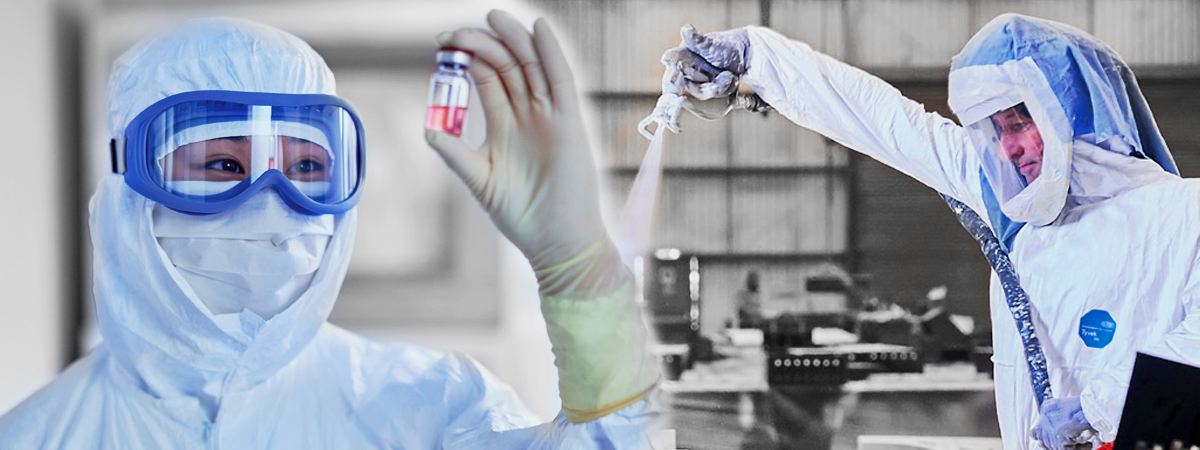
Why DuPont?
.jpg)
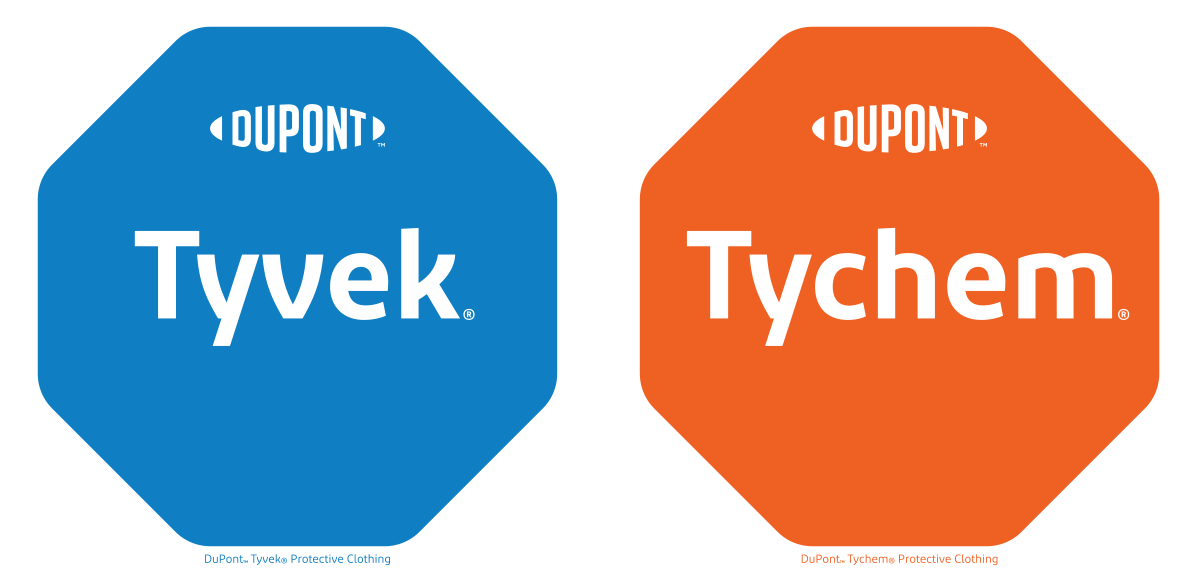
DuPont’s synthetic fabrics are a cut above generic brands.
Millions of dollars are spent on R&D and testing to ensure your PPE lives up to the protection standards you deserve.
And with fast and friendly technical support provided by DuPont, you’ll never be left hanging without an answer when you’re in doubt.
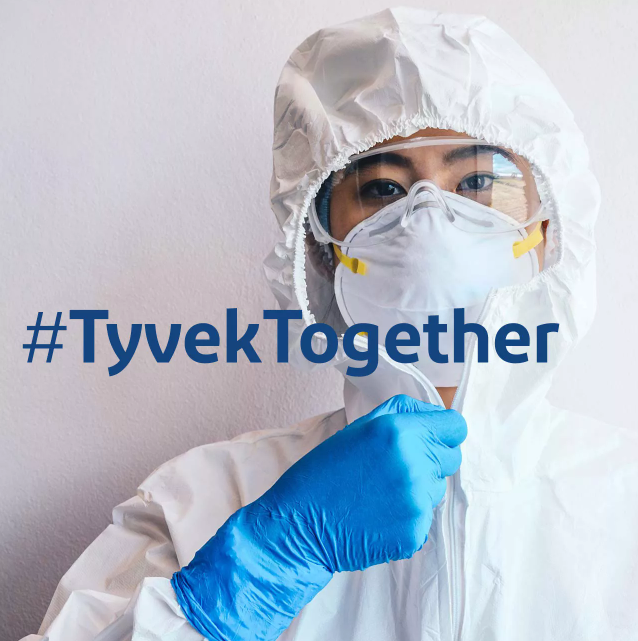
Buying Guide:
Tyvek and Tychem are synthetic materials made for use in PPE. But which one should you choose? .
In this article, we’ll be comparing Tyvek and Tychem to see which one is best for your workplace.DUPONT® CHEMICAL COVERALL CHART
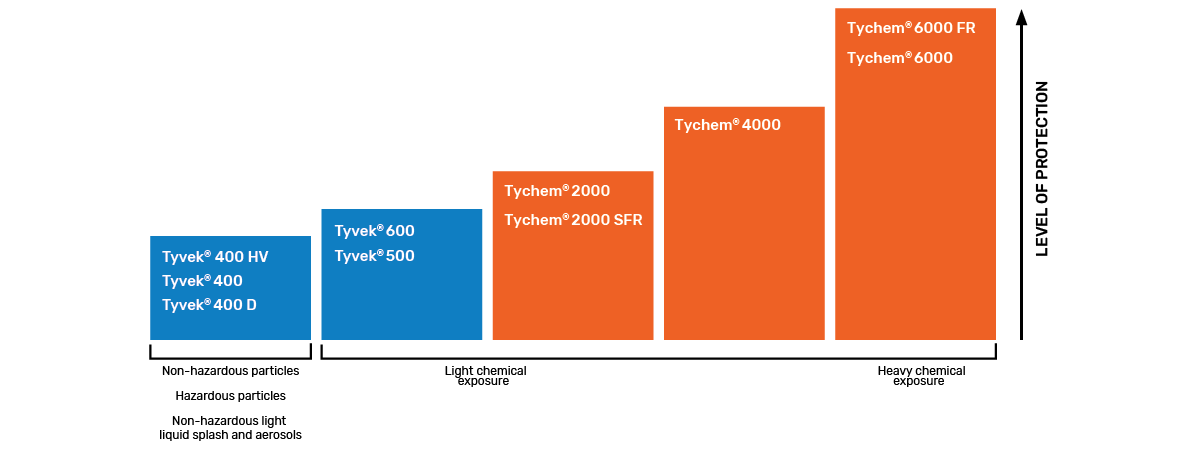
TYVEK® Protective Apparel

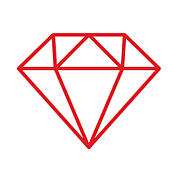
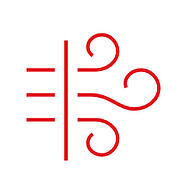
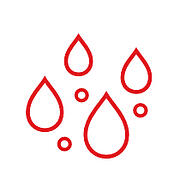
Lightweight and soft
Protection, durability, and comfort
Breathable against particles
and bacteria
and bacteria
Repels aqueous liquids and liquid aerosols
Tyvek is a general-purpose material that’s lightweight and versatile, resilient and durable. PPE made from Tyvek can provide inherent barrier protection against lead, asbestos, mold and a variety of airborne hazards.
Tyvek is best used in PPE for those in the medical industry, research and anywhere that requires sterile environments. However, Tyvek should only be used to protect against a light liquid splash. That’s why it performs best against dust, airborne particles and related hazards. Tyvek is available in coveralls, gloves and related PPE. Yes, you can be fully kitted out in a hazmat tyvek suit.
TYCHEM® Protective Apparel
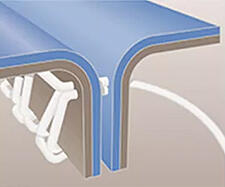
Serged or sewn

Bound
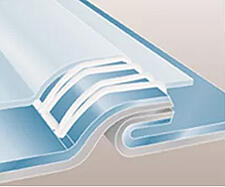
Taped
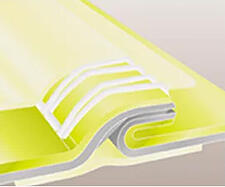
Double taped
If you require something more heavy-duty, Tychem might be the material for you.
Tychem is Tyvek on steroids. It’s a reinforced material that defends against a wide variety of biological and chemical hazards. Accredited by third-party labs and tested for permeation effectiveness against hundreds of chemicals, Tychem was developed for your peace of mind. Note that Tychem garments are tested for its permeability, which is a very exacting test that measures how much hazard can move through the garment on a molecular level. Tychem suits are also made using a variety of seam styles to match your needs, as different seams work better against different hazards. All this protection does come at a slight cost to comfort and weight, but Tychem remains the best option for heavier chemical work. Workers who wear full Tychem coveralls know they’re receiving the best possible protection against heavy chemical spills.
Tychem is Tyvek on steroids. It’s a reinforced material that defends against a wide variety of biological and chemical hazards. Accredited by third-party labs and tested for permeation effectiveness against hundreds of chemicals, Tychem was developed for your peace of mind. Note that Tychem garments are tested for its permeability, which is a very exacting test that measures how much hazard can move through the garment on a molecular level. Tychem suits are also made using a variety of seam styles to match your needs, as different seams work better against different hazards. All this protection does come at a slight cost to comfort and weight, but Tychem remains the best option for heavier chemical work. Workers who wear full Tychem coveralls know they’re receiving the best possible protection against heavy chemical spills.
• Pros:
Excellent protection against most chemicals
• Great splash resistance
• Variety of seam options for more protection
• Great splash resistance
• Variety of seam options for more protection
TYVEK® Protection Chart
Typical general industrial hazards/description/examples

TYCHEM® Protection Chart
Typical chemical hazards/examples
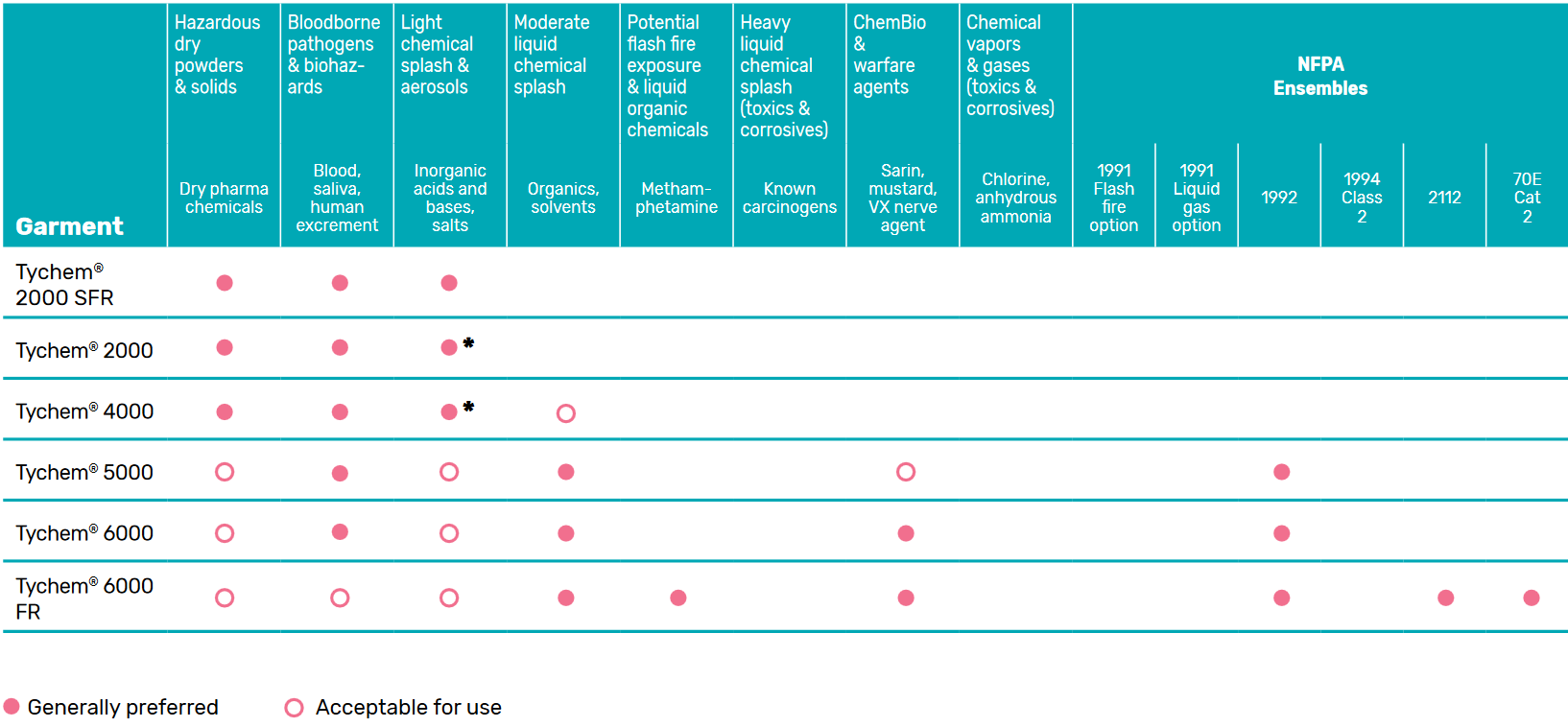

Regardless of your selection, you’ll be sure to have good chemical protection when you place your trust in DuPont’s proprietary fabrics!
DuPont Tyvek coveralls and Tychem coveralls are a great chemical resistant coverall that will meet your workplace needs. If you have any questions or would like some advice, feel free to
live chat with us anytime!
.png)
